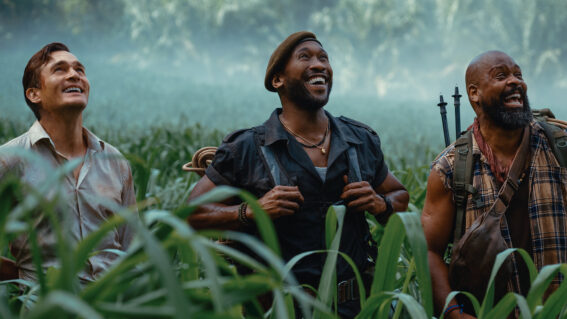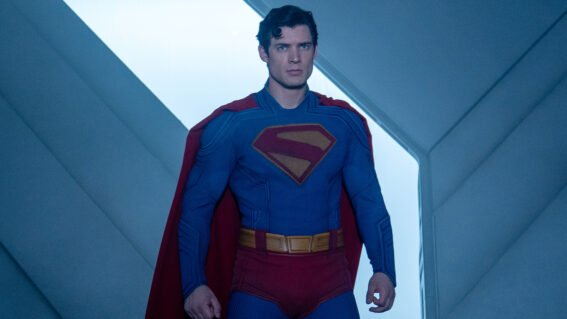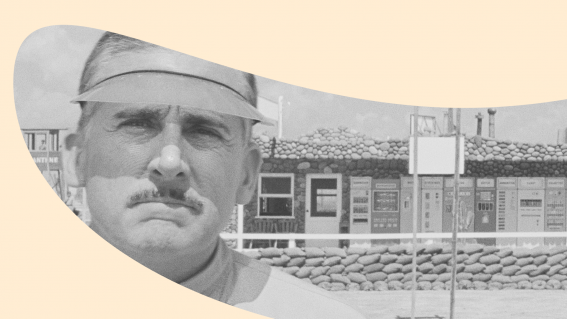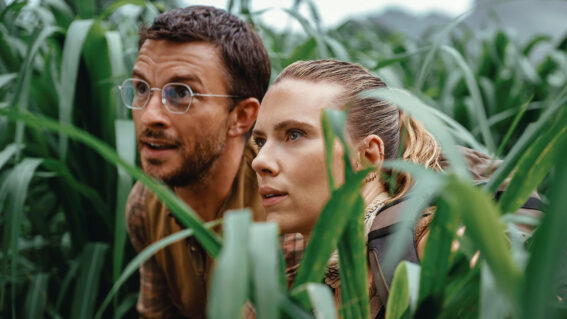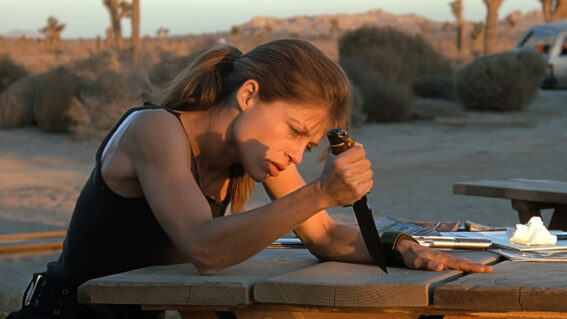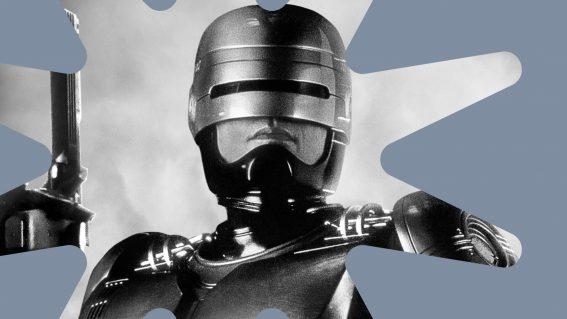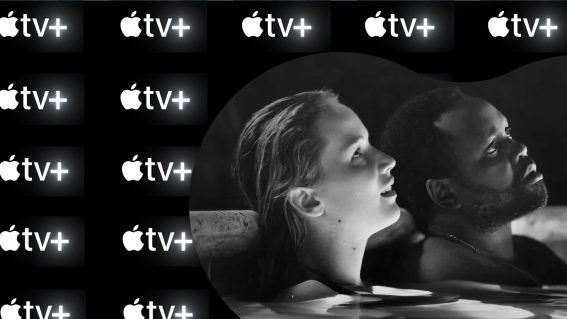I Kid You Not: Disney needs to learn from Zack Snyder’s talking owl film
The film was ahead of its time and, considering how Disney’s current CG animals look, it still might be.
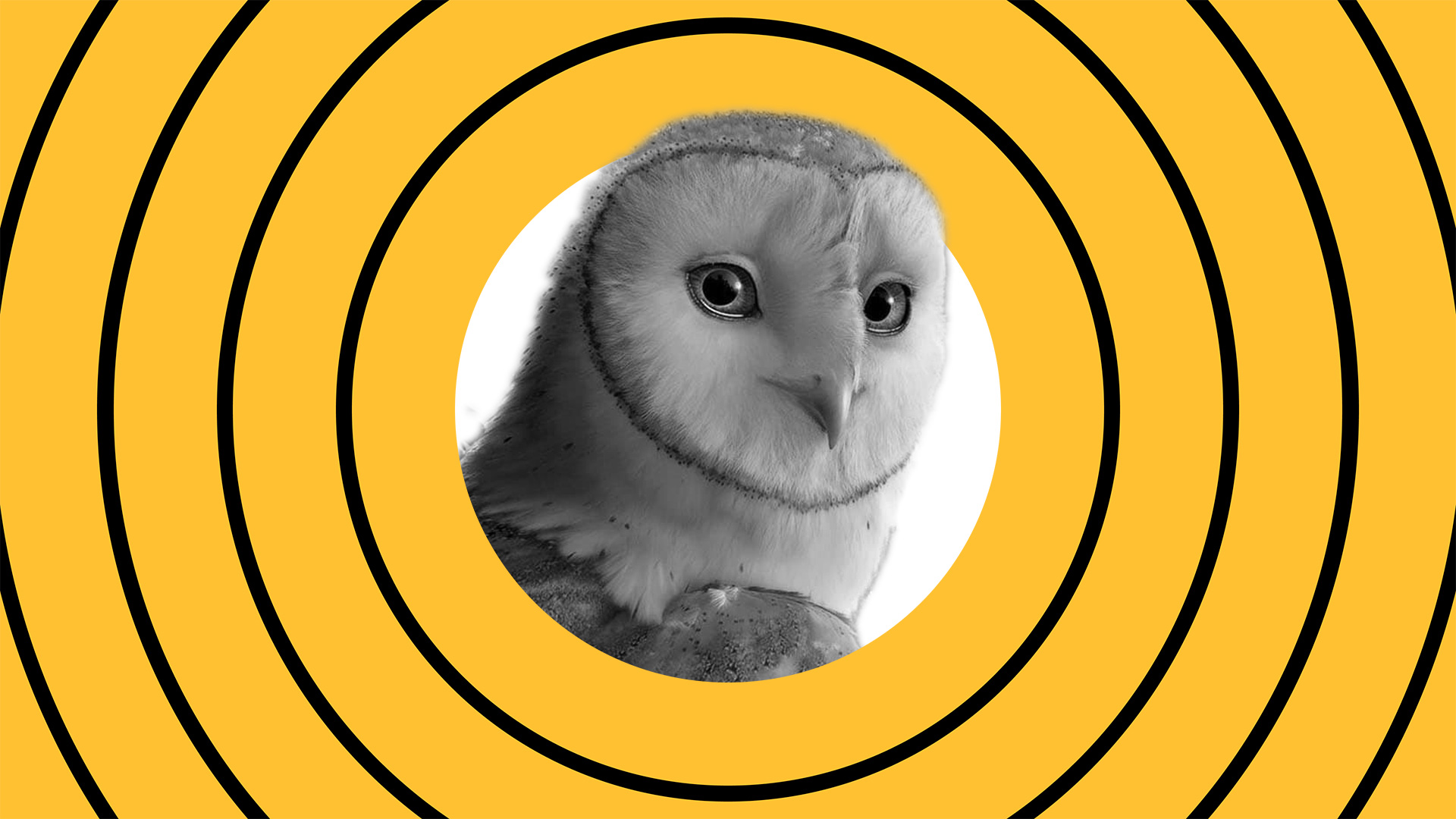
Who said family films aren’t cinema? In his column I Kid You Not, Liam Maguren critically evaluates the excellence in kids flicks and writes them into the history books. Here, he gives praise to Zack Snyder’s only animated film—Legend of the Guardians: The Owls of Ga’Hoole.
Legend of the Guardians: The Owls of Ga'Hoole
Jon Favreau’s The Jungle Book was a blessing and a curse. By adapting Rudyard Kipling’s classic book more faithfully than Disney’s 1967 animated musical and utilising an inspired use of photorealistic CG, the film did what so few remakes could—it carved its own identity.
Disney would go on to learn all the wrong lessons. Future “live-action” remakes would go on to tell the exact same tale beat-for-beat, squeezing those stories into the CG pipeline like a sausage through a laminator, never once stopping to consider the purpose of it all beyond the new version looking shiny.
The more fantastical the story, the more ridiculous the “realism” looked. You only have to witness the freaky fish of the recent Little Mermaid or the deep-fake Pinocchio from Robert Zemeckis’ 2022 abomination to see how bad things have become.
If Disney had any desire to recalibrate their use of CG for their fantastical family-friendly blockbusters, it wouldn’t be enough to look back at 2016’s The Jungle Book—that film focused on creating a realistic jungle and evoking anatomically accurate performances from its animal cast. Disney would need to look at a CG fantasy epic that understood cinematic spectacle and where to draw the line between realistic and anthropomorphic for its animal characters. They need to look at Zack Snyder’s Legend of the Guardians: The Owls of Ga’Hoole.
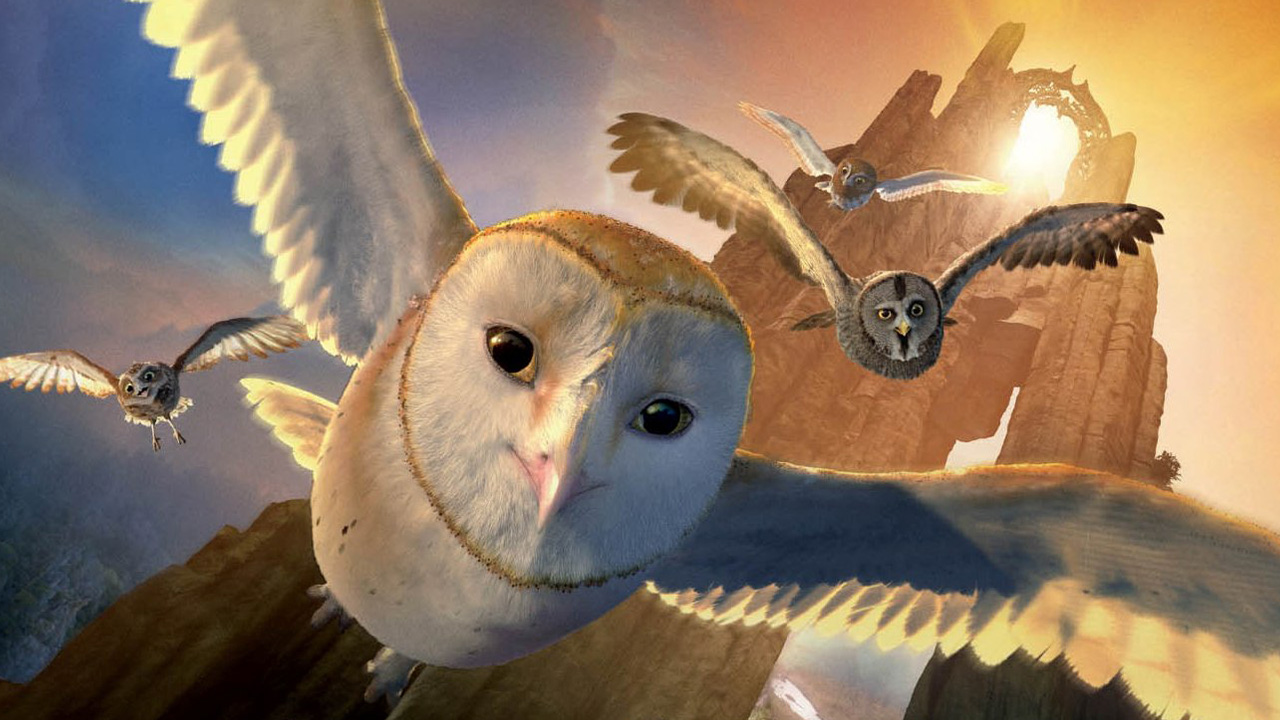
Relaying author Kathryn Lasky’s first three books in under 100 minutes, the 2010 fantasy family epic tells a fairly typical good vs. evil tale made memorable by its unique setting. In this world, owls dominate. They have their own culture, their own lore, and their own armour for when they beat the ever-loving snot out of each other.
No joke. It’s brutal. Owls die. Chicks are enslaved. There’s even an army that’s a seig hail away from calling themselves The Master Race. Pretty full-on for a film you could supposedly take the kids to, and critics weren’t exactly unanimous on this strange and dark world.
“It’s all very weird sometimes,” wrote The Guardian’s Peter Bradshaw, “but engaging: a nice half-term treat for younger children.” Metro.co.uk’s Anna Smith was of the opposite opinion: “With jeopardy at almost every turn, this is certainly no movie for toddlers.”
TimeOut’s Tom Huddleston found the jeopardy to be the film’s saving grace: “Thanks to the PG rating, the film provides little opportunity for Snyder to indulge his tiresome liking for bonecrunching violence while allowing him room to exercise his knack for action.”
Sydney Morning Herald’s Sandra Hall couldn’t agree less: “While the birds are beautiful, they make only fleeting impressions because Snyder is so eager to bring on his climactic battle scene. And when the fighting does get going, it takes no time to degenerate into one long flurry of feathers.”
But almost everyone agreed about the generic plot. “The story rarely rises above cookie-cutter kids’-fantasy tropes,” wrote Tasha Robinson from AV Club, though she did follow up with “to anyone young enough to have not already seen dozens of rote Chosen One Vs. Generic Evil fables, Legend may well be as exciting as it is beautiful.”
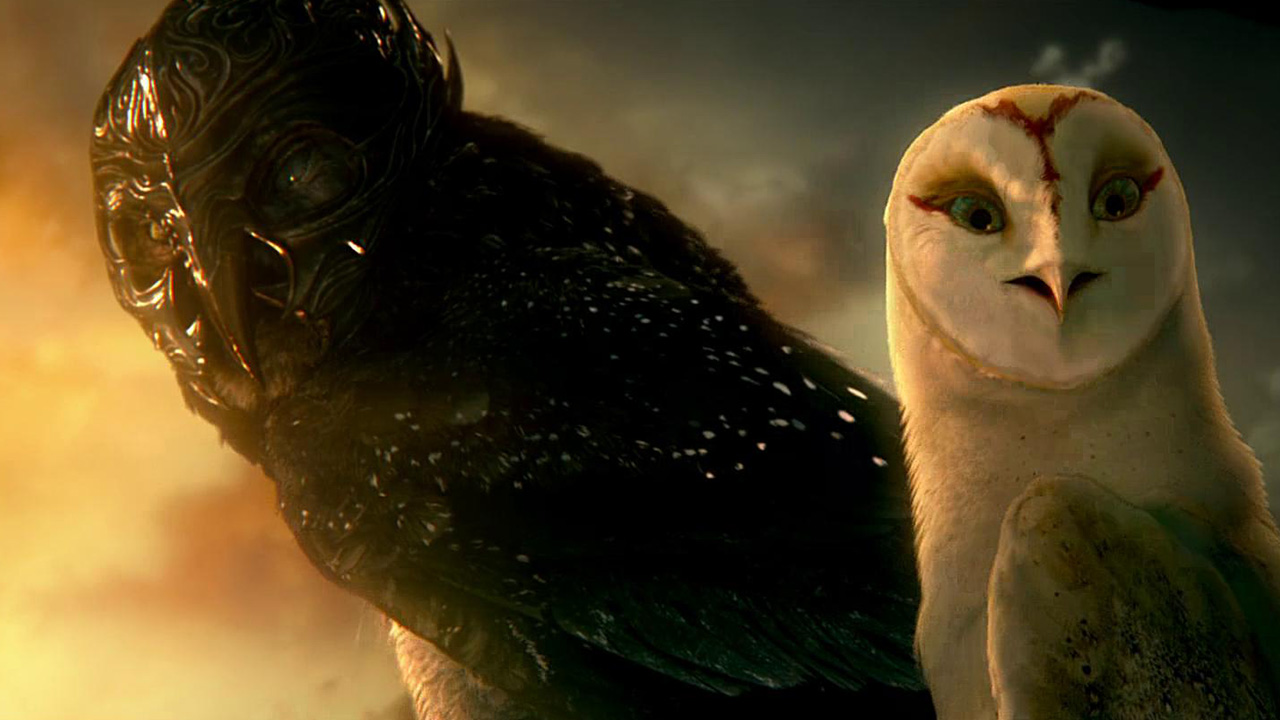
Whether or not that was the case, Legend of the Guardians never achieved the status of a smash hit. It’s a pity for several reasons: we probably won’t see Snyder attempt an animated film again, the bold and necessary decision to present older kids with a darker story went unrewarded, and Australian studio Animal Logic deserved more recognition for the astonishing work they put into The Owls of Ga’Hoole.
The studio had already soared with George Miller’s Happy Feet. The first feature film ever produced in Australia, the 2006 musical made a killing at the box office, earned the adoration of critics, and went on to win the Academy Award for Best Animated Feature that year. While being a big ol’ joy-filled crowdpleaser, the film also stunned with its ability to present anatomically correct penguins doing convincing tap dances far and away from the uncanny valley.
Going from dancing penguins to warring owls was quite the gear shift, but Animal Logic continued to advance their technical skills and artistry with Legend of the Guardians. The performances, in particular, received a huge step up, with the characters being even more expressive without resorting to cartoonishness. (It also probably helps that owls have naturally bigger eyes than penguins, allowing more opportunities for the animators to emote.)
Snyder and Animal Logic made the creative decision to stick as closely to the birds’ anatomy as they could while allowing themselves enough wiggle room for personification. Their brows and beaks move and extend in ways that are technically unnatural, but completely sound when selling a character’s emotional state to the audience. The character designs made the most of varied owl species and feather-specific details to further define these personalities.
The point was not to fool audiences into thinking they were looking at real owls; it was to convince the audience of this owl-based world, and to do that, you have to sell both the look and the characters.
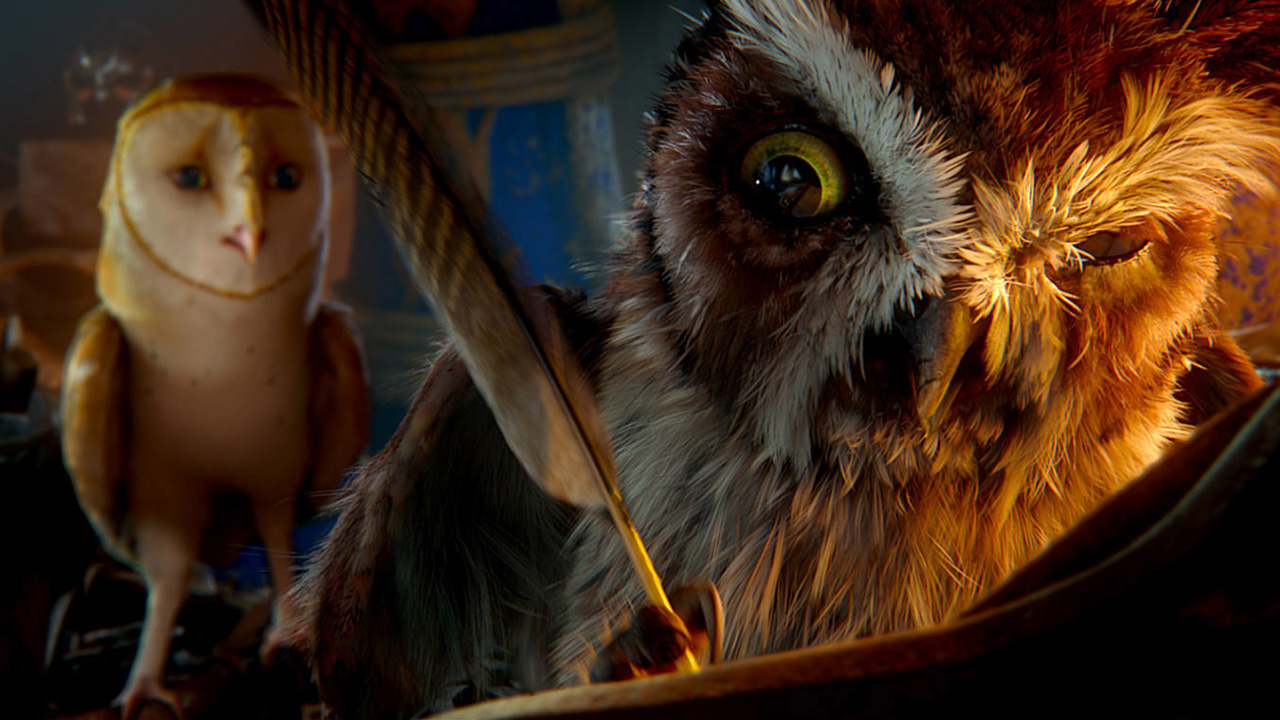
In comparison, the modern Disney remakes push the line too far into photorealism, which doesn’t help sell worlds where fish women or living puppets roam the streets. These exaggerated worlds rely on exaggerated animation. You can’t have one without the other and they both must stretch at the same length.
It’s the biggest fault of Favreau’s The Lion King. By sticking too closely to the original, which had all license to give its characters human expressions, the emotional beats were nullified in the remake by the purposely expressionless photorealism. Had the film allowed some wiggle room for exaggeration—or, better yet, been given a chance to rewrite the story to suit its visual approach—it would have done the film wonders.
For what it’s worth, I don’t think Favreau’s The Lion King is without merit. There’s something about the climax, in particular, that feels brutally elevated by the faux sight of real lions slugging it out. Again, though, that can be achieved without the need to fully commit to photorealism, and Legend of the Guardians proved it.
Say what you will about Snyder—the man has a way with spectacle. He lathered it generously to his zombie horrors and comic book films, and will no doubt do it again with his upcoming sci-fi epic Rebel Moon. While those are all fairly typical settings for heart-pumping action, he found a unique application for it with Legend of the Guardians.
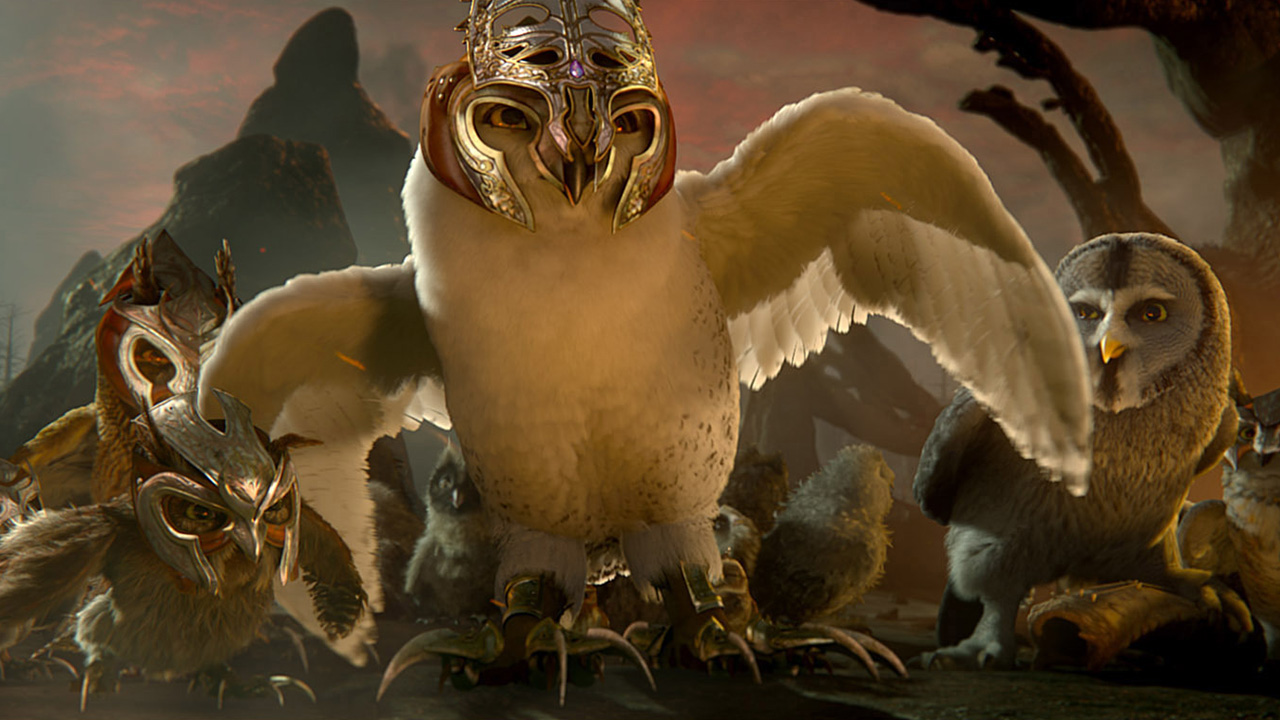
The glory of sunsets and the menace of red skies slot right into Snyder’s need to paint grand mythologies on the big screen, boosting the grandeur of the film’s fantasy world. His use of slo-mo, which became a point of parody at this point thanks to 300 and Watchmen, allowed visual breathing space for the audience to absorb the film’s superb aerial combat sequences (and that incredible storm scene). I also wouldn’t be surprised if the emphasis on bird battles and the film’s PG rating (this was Snyder’s first non-R-rated film) pushed the filmmaker creatively to the benefit of these action sequences.
Legend of the Guardians may not go down in history as a story for the ages (especially not for all-ages) but there’s no denying its lofty ambitions with the weird world it created and its boldness in delivering something darker, grander, and a bit vicious for older kids who perhaps were growing weary of safe and sanitised family flicks filling cinemas. In terms of its animation, the film was ahead of its time, and considering where we’re currently at with Disney’s family fantasy films taking CG animal characters back a few steps, it still might be.









